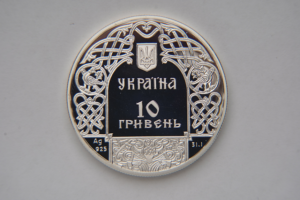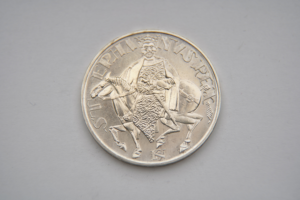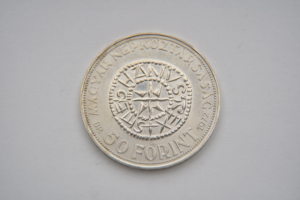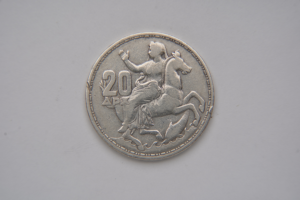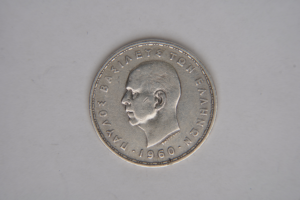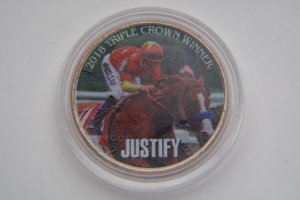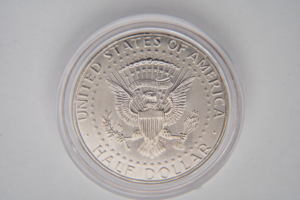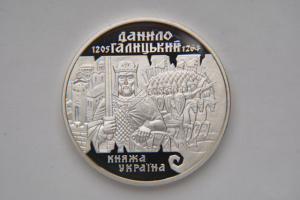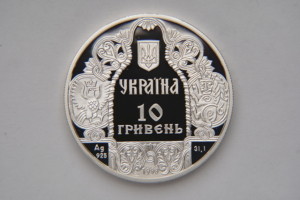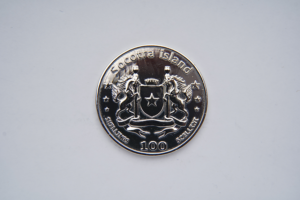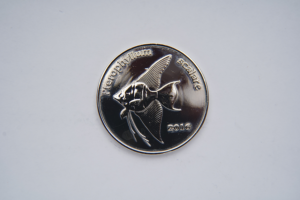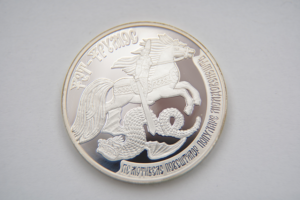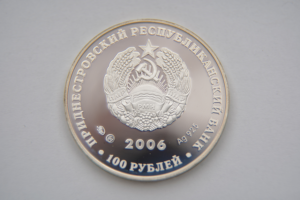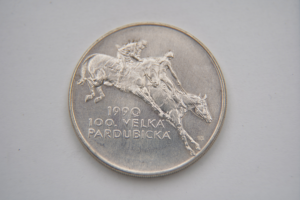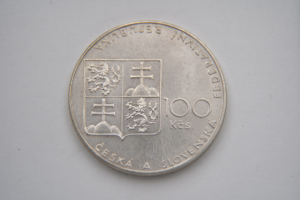The history of silver in coinage.
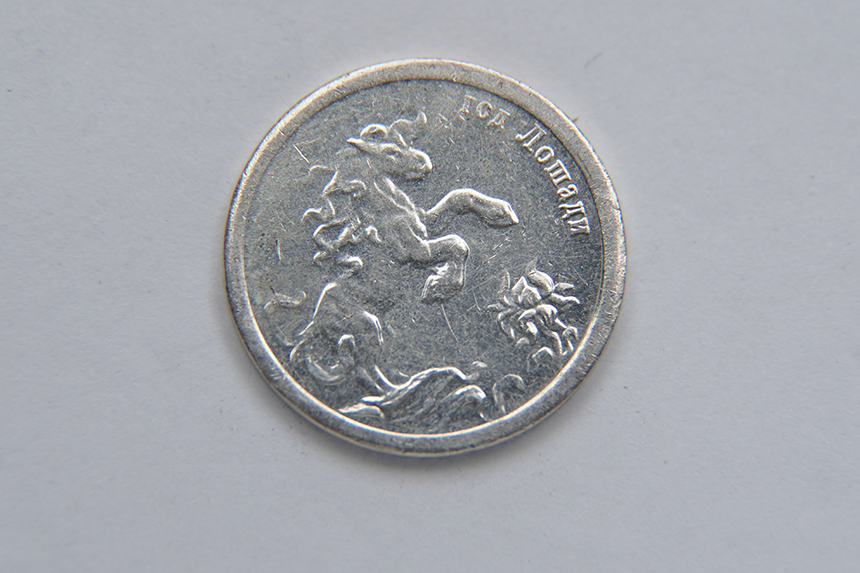

Obverse of the token.
More information
The history of silver in coinage.
The token is made of silver. Weight – 2 grams. Float in bottles of vodka «with silver premium». This vodka with silver is produced in Vyksa, Nizhny Novgorod region at the distillery «Standart».
The earliest known coins were minted in the kingdom of Lydia in Asia Minor around 600 BC. The coins of Lydia were made of electrum, which is a naturally occurring alloy of gold and silver, that was available within the territory of Lydia. Since that time, silver standards, in which the standard economic unit of account is a fixed weight of silver, have been widespread throughout the world until the 20th century.
Notable silver coins through the centuries include the Greek drachma, the Roman denarius, the Islamic dirham, the karshapana from ancient India and rupee from the time of the Mughal Empire, and the Spanish dollar.
The ratio between the amount of silver used for coinage and that used for other purposes has fluctuated greatly over time, for example, in wartime, more silver tends to have been used for coinage to finance the war.
Today, silver bullion has the ISO 4217 currency code XAG, one of only four precious metals to have one (the others being palladium, platinum, and gold). Silver coins are produced from cast rods or ingots, rolled to the correct thickness, heat-treated, and then used to cut blanks from. These blanks are then milled and minted in a coining press. Modern coining presses can produce 8000 silver coins per hour.
Founder
Vyksa, Nizhny Novgorod region, Russia.
Date
2010.
Culture
Russia.
Medium
Silver 0.999.
Dimensions
14x2.
Classification
Token.


